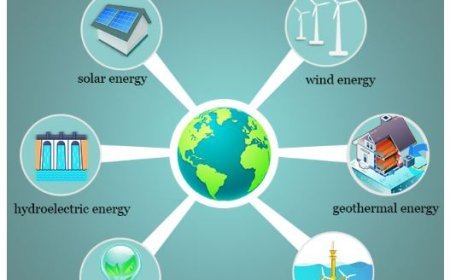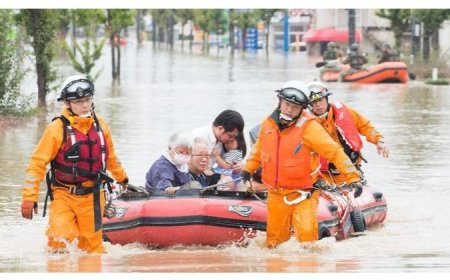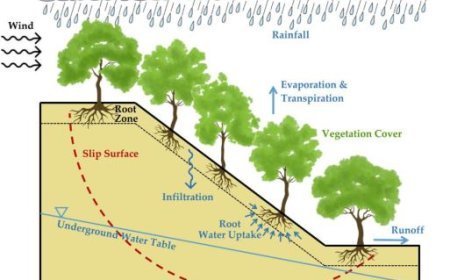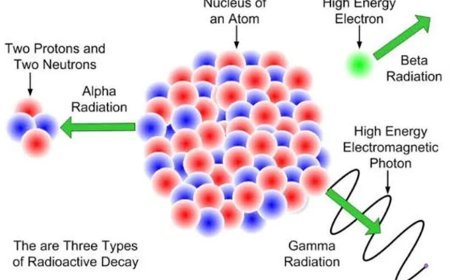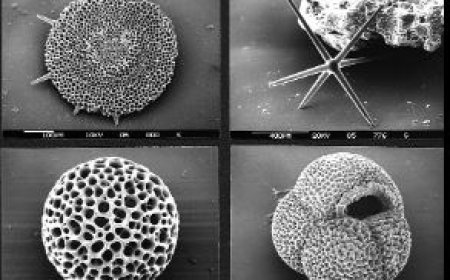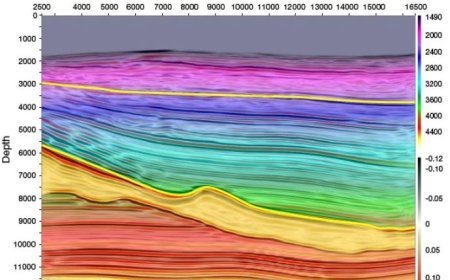VOLCANO LANDFORMS
Volcanic landforms are the diverse geological features created by volcanic eruptions and the associated processes.
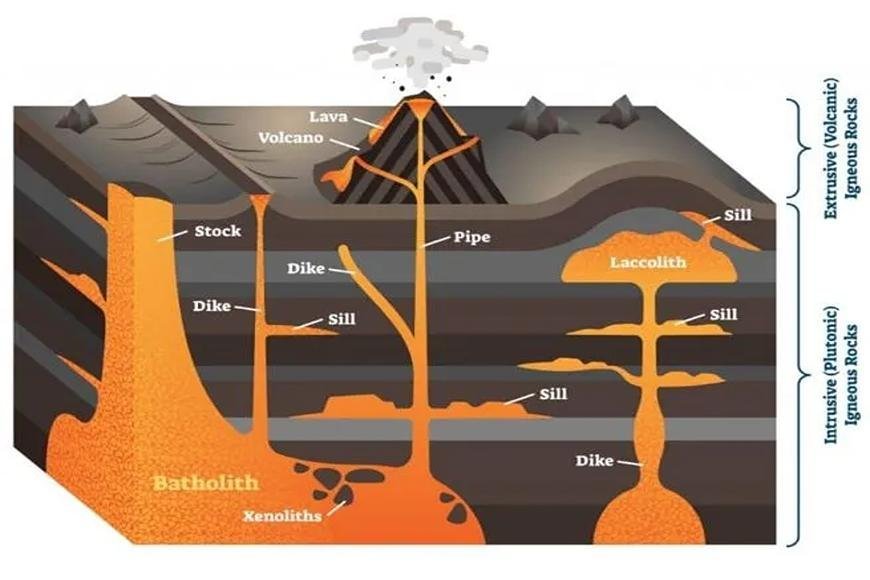
- Volcanic events change the shape of land, and this article will talk about volcanic features.
Intrusive Forms
- In granite rocks, the lava that comes out of volcanoes when it cools turns into rocks.
- The cooling can happen either when the lava reaches the surface or while it is still in the rock.
- Igneous rocks are divided into plutonic rocks and volcanic rocks based on where the lava cooled down.
- The lava that cools inside the crusts looks different. Forms like these are known as unwanted forms.
Batholiths
- The cooled part of lava tanks is called a batholith.
- The large mass of magmatic material forms big domes as it cools in the lower layers of the crust.
- They only show up on the surface after the processes of denudation have removed the materials on top of them.
- These are rocky formations. These are tectonic plates.
Laccoliths
- These are big bodies that stick out from the surface.
- They have a flat bottom and a channel that looks like a pipe that connects them from below.
- It looks a lot like the composite volcano's top volcanic peaks, but these are deeper down.
- It could be the cause of the fire in that area.
- Domed hills made of granite rocks make up the Karnataka region.
- Some lava tends to move horizontally whenever it finds a weak surface as it goes up.
Lopolith
- For every weak plane that the lava hits as it goes upward, a piece of it will move horizontally.
- There are different ways to rest. It is called a lopolith if it turns into a saucer shape that is slanted toward the sky.
- It's called a lopolith if it turns into a saucer that is slanted toward the sky.
- The phacolith is a wavy mass of intrusive rocks that can be found at the base of synclines or the top of the anticlines in bent igneous country.
- These wavy materials have a clear way to get back to their source below them in the form of magma holes.
- In a folded igneous country, a phacolith is a wavy mass of intrusive rocks that can be found at the base of synclines or the top of the anticlines.
- These wavy materials have a clear way to get back to their source below them in the form of magma holes.
Sills
- It's called a sill when the body of an intrusive igneous rock is almost horizontal. Sheets are smaller horizontal layers that aren't sills.
- The most common intrusive rock type in the western Maharashtra area is the dyke.
- As the lava flows through the cracks and fissures, it hardens almost vertically to the ground.
- It then cools in the same place to form a wall-like structure. Such constructions are called dykes.
- People think that these are what fed the fires that caused the Deccan traps to form.
- These are thought to have fed the fires that caused the Deccan traps to form.
Extrusive Volcano
- For extrusive volcanism, molten lava under a lot of pressure pushes its way through cracks in rocks below and up to the top of the earth.
- This movement of the volcano caused a phenomenon called an "igneous eruption."
Composite cones or strato volcanoes
- Composite cones, or Strato volcanoes, are shaped like cones or center volcanoes, and a lot of pyroclastic material and ashes fall to the ground along with andesitic lava.
- In the area of the vent holes, they build up, creating layers that make the mounts look like composite volcanoes.
- Vesuvius, Mt. Fuji, Stromboli (the Lighthouse of the Mediterranean), and many other volcanoes have hybrid cones.
Cinder Cone
- Cinder cones, also called tephra cones, are small cones made mostly of tephra that form during strombolian explosions.
- They are generally made up of basaltic or andesitic rock.
Calderas
- When the cones stop erupting magma, the hole often turns into a lake over time.
- The hole may fill with water. "Caldera" is the name of this lake.
- Take Lake Toba in Sumatra and Crater Lake in Oregon, USA, as examples.
Conical Vent
- There is a narrow, cylinder-shaped hole called a conical vent that lets magma flow out very quickly.
- Andesitic (composite or strato volcano) volcanism often has cone-shaped vents.
Fissure Vent
- A fissure vent, which is also called a volcanic fissure or eruption fissure, is a narrow, straight crack in a volcano through which lava sometimes bursts without any explosions.
- Usually, the vent is only a few meters wide, but it can be many kilometers long. In basaltic volcanism, fissure vents are very widespread.
What's Your Reaction?









